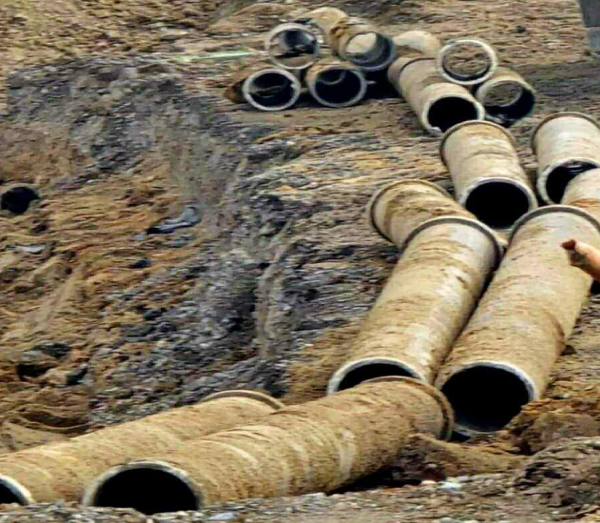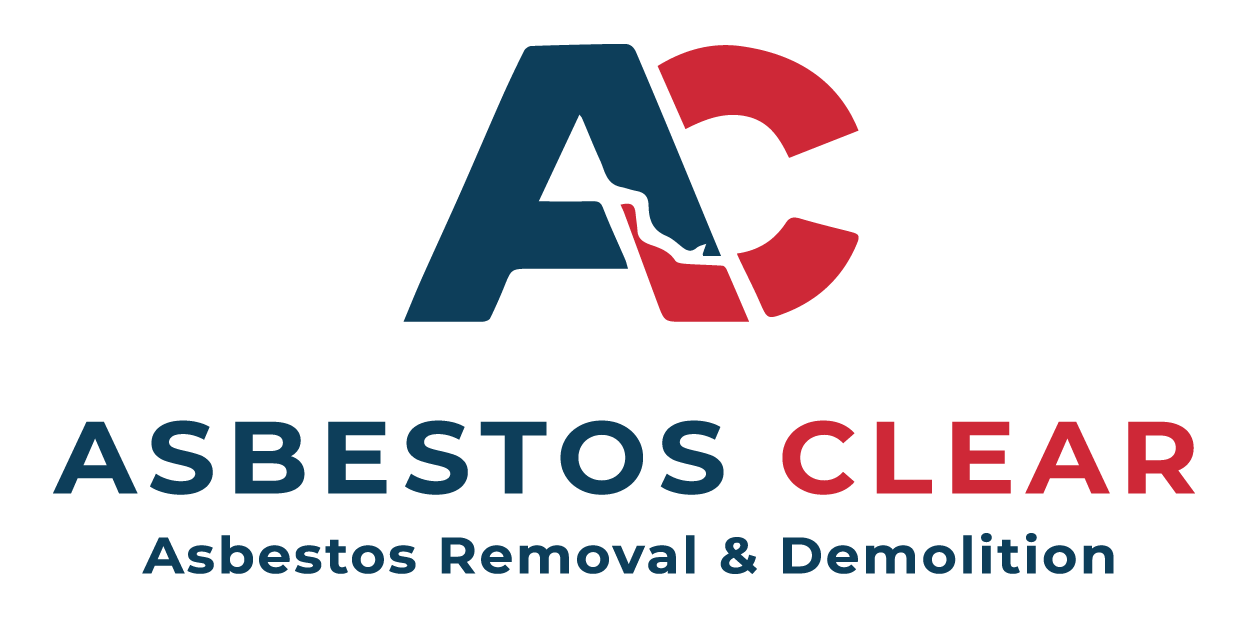Fencing and pipe removal involves safely disassembling fence structures and extracting pipes from the ground, using methods like piece-by-piece dismantling, leveraging tools to pull posts, or digging and pushing to dislodge cemented sections. The process requires personal protective equipment and careful consideration of the fence type and post installation to prevent injury and property damage. After removal, it’s essential to inspect the area for debris and properly dispose of the materials.
- Phone: 04 5556 5164
- Email us: info@asbestosclear.com.au
- Working Hours: 6:30 am to 5:00 pm
Fencing & Pipe Removal
Fencing & Pipe Removal

Fencing Removal
-
- Identify Fence Type: Determine if it’s vinyl, chain-link, or wood, as methods vary.
- Prepare the Area: Wear safety gear and clear the area of hazards like electrical wires.
- Dismantle the Fence:
- Wood/Vinyl: Remove individual slats or sections, cutting rails close to the post.
- Chain-link: You can remove sections or, if the posts are cemented, you’ll need to tackle the posts.
- Remove Posts:
- Non-Cemented Posts: These can often be pulled straight out after wiggling them loose.
- Cemented Posts:
- Dig and Push: Dig around the post to expose the concrete footing, then push the post out.
- Leveraging Tools: Use a high-lift or farm jack, a chain, and a board to create a leverage system to pull the post and concrete footing out.
- Clean Up: Fill post holes to prevent tripping hazards and dispose of materials responsibly.
Pipe Removal
-
- Safety First: Wear protective gear like gloves and goggles.
- Inspect: Check for any associated hazards or sharp edges before starting.
- Dislodge:
- Dig and Push/Pull: For pipes that are not deeply set, you might be able to dig around them to loosen the soil and then pull or push them out.
- Tools: Depending on the pipe and its depth, you may need a grinder to cut it, or specialized tools for extraction if it is embedded in concrete.
- Dispose: Handle the removed pipe and any associated materials properly.
